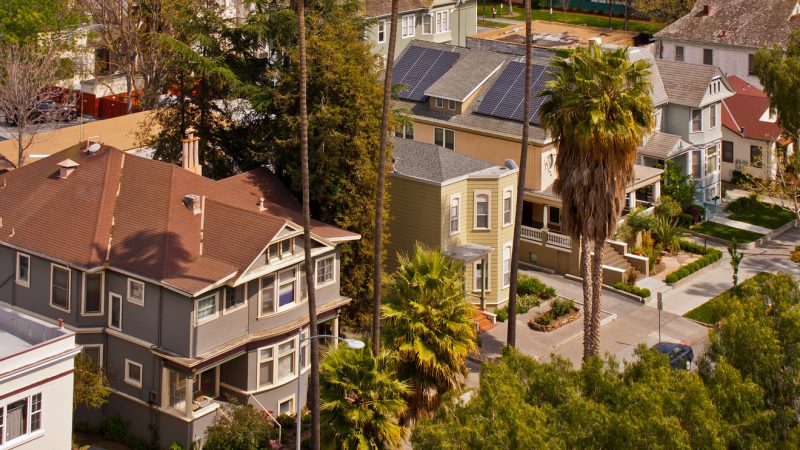Home prices continue to climb in a market with limited number of homes for sale and high buyer demand. The majority of major metros across the U.S. posted double-digit price gains in the third quarter. Single-family existing home prices increased in all 181 metro areas tracked in the National Association of REALTORS®’ latest quarterly report, released Thursday.
The price of single-family homes surged 12% year over year to $313,500. The Western region of the U.S. led the country in price appreciation, up 13.7%, followed closely by the Northeast at 13.3%, the South at 11.4%, and the Midwest at 11.1%.
Sixty-five percent of the metro areas tracked by NAR reported double-digit price gains compared to a year ago. As a comparison, in the second quarter, less than 10% of the metro areas recorded double-digit increases.
The housing markets seeing the largest price spikes in the third quarter were led by Bridgeport, Conn. (27.3%); Crestview, Fla. (27.1%); Pittsfield, Mass. (26.9%); Kingston, N.Y. (21.5%); Atlantic City, N.J. (21.5%); Boise, Idaho (20.6%); Wilmington, N.C. (20.6%); Barnstable, Mass. (19.4%); Memphis, Tenn. (19.1%); and Youngstown, Ohio (19.1%).
“In light of the pandemic, prices jumped in a number of metros that contain larger properties and open space—where families could find extra rooms, including areas for an at-home office,” says Lawrence Yun, NAR’s chief economist.
Home prices are growing four times as fast as median family incomes. Mortgage rates are at record lows—the 30-year fixed-rate mortgage averaged 3.01% in the third quarter—which is offering savings in financing the home purchase amid rising home prices.
“Favorable mortgage rates will continue to bring fresh buyers to the market,” Yun says. “However, the affordability situation will not improve even with low interest rates because housing prices are increasing much too fast.”
Indeed, rapidly rising home prices are taking a toll on affordability, Yun says. The monthly mortgage payment on a typical existing single-family home with a 30-year fixed-rate mortgage and 20% down payment increased to $1,059 in the third quarter. This is up from $1,019 in the second quarter.
“As home prices increase both too quickly and too significantly, first-time buyers will increasingly face difficulty in coming up with a down payment,” Yun says. “Transforming raw land into developable lots and new supply are clearly needed to help tame the home price growth.”
Ongoing housing inventory shortages are blamed on high home prices. At the end of the third quarter, 1.47 million existing homes were available for sale, which is 19.2% lower than a year ago.
The 10 priciest metro areas as of the third quarter were:
- San Jose, Calif.: $1.40 million
- San Francisco: $1.125 million
- Anaheim, Calif.: $910,000
- Urban Honolulu, Hawaii: $866,200
- San Diego: $729,000
- Los Angeles: $708,900
- Boulder, Colo.: $673,400
- Seattle: $617,700
- Bridgeport, Conn.: $591,400
- Boston: $588,100













